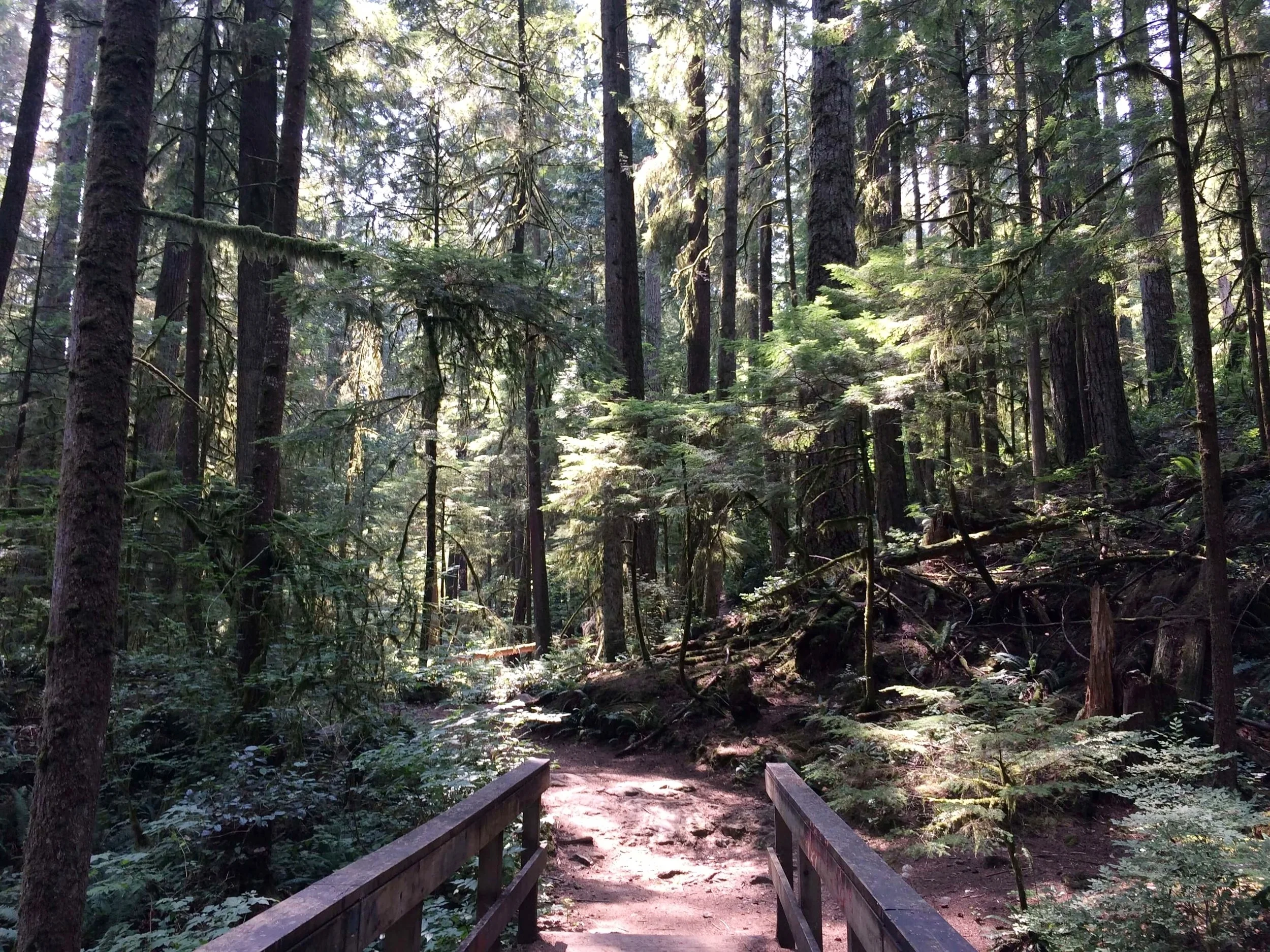Mindful Walking
Ever walk around, phone in hand or to-do list in your head, and then realize you passed your destination or don’t even know where you are? Especially when we are used to a particular route, we can miss out on what is actually going on around us. Whether it’s a street name or a blue jay flittering by, we can be completely unaware of our surroundings and what they have to offer.
Why does it matter?
Being in the present moment (or being mindful) helps with stress management, emotional regulation, sleep, immunity, anxiety, focus, and general life enjoyment. Too often we focus on what has happened in the past or what may happen in the future, which robs us of the joys of the present. (For more information, check out this article and this article.)
While mindfulness can be practiced formally (like in a course or a time you set aside), walking is a great way to integrate it into your daily routine.
How do I practice mindfulness while walking?
Move slowly and recruit all those senses. Take in the sights, sounds, tastes, smells, and the physical sensations of your walking experience.
I was reminded earlier this year that this is easier said than done. When I was in Lynn Canyon Park in North Vancouver, I caught myself hiding behind my camera to capture something breath-taking, only to realize that I was missing the actual experience of the very moment I hoped to remember.
So instead I focused on the following:
The tiny pinecones that crunched under my shoes.
The golden sunshine bathing the forest floor.
The smell of cedar wafting through the area.
The sound of a waterfall and laughter in the distance.
The chill of the natural pool on my skin and the shivering grin on my face.
The taste of cool water on a hot day.
It brought such a richness to my experience and helps me to this day recall what it was like to walk through that magical place in the forest.
How Do i bring awareness to the act of Walking itself?
Matt Grist, life coach and mindfulness meditation teacher, shared the following tips on how to break down the actual act of walking.
Barefoot Walking
Knees are slightly bent.
Eyes are up, off the ground, and in wide-angle vision. (Try holding your hands stretched out to the sides and be able to see your fingers wiggling on both hands at the same time. This will allow you to take in 180 degrees of view all at once.) Your vision will shift between focused and wide-angle, but you want to mostly be in wide-angle.
Begin your placement with the outside of the ball, rolling to the inside. This is where you are using your feet to “see” the ground for you, allowing your eyes to remain up.
Then lower toes. At this point, only about 10 percent of your weight is on your front foot.
Finally lower heel and shift the remainder of your weight.
Remember that you never want to straighten your knees in this type of walking. This allows you to absorb the weight of your body more easily if you step on something hard or sharp. It also reduces the amount of vibration that your movement is causing as well.
As your proficiency and confidence with this step grows, you can increase the speed.
Walking with Footwear
Knees are slightly bent.
Eyes are up, off the ground, and in wide-angle vision.
Begin your placement with the outside of the heel and roll to the big toe. Only place about 10 percent of your weight on the front foot at this point.
Once front foot is completely flat and stable, shift the remainder of your weight forward.
Again, you never want to completely straighten your knees in this style of walking. This has the added benefits of improving leg strength and reducing impact on your ankles, knees, hips, and lower back.
Grant yourself the opportunity to really be in the moment and notice the small gifts that we bypass when we are stuck on our phones or in our minds. Look up and out, friends. There are beautiful things waiting for you.


